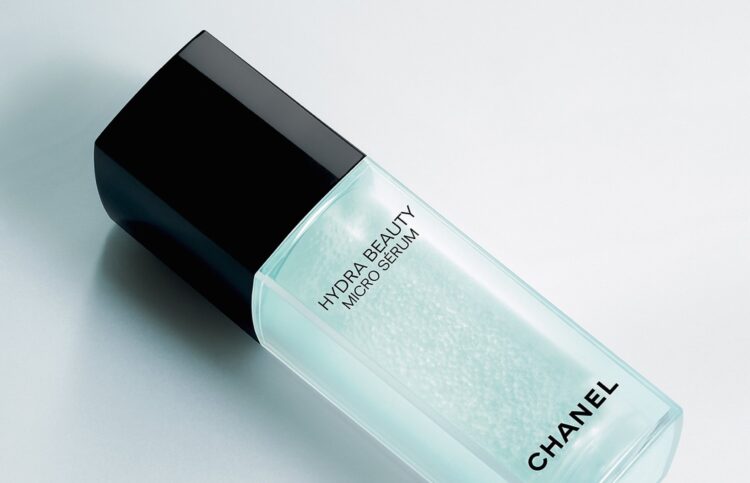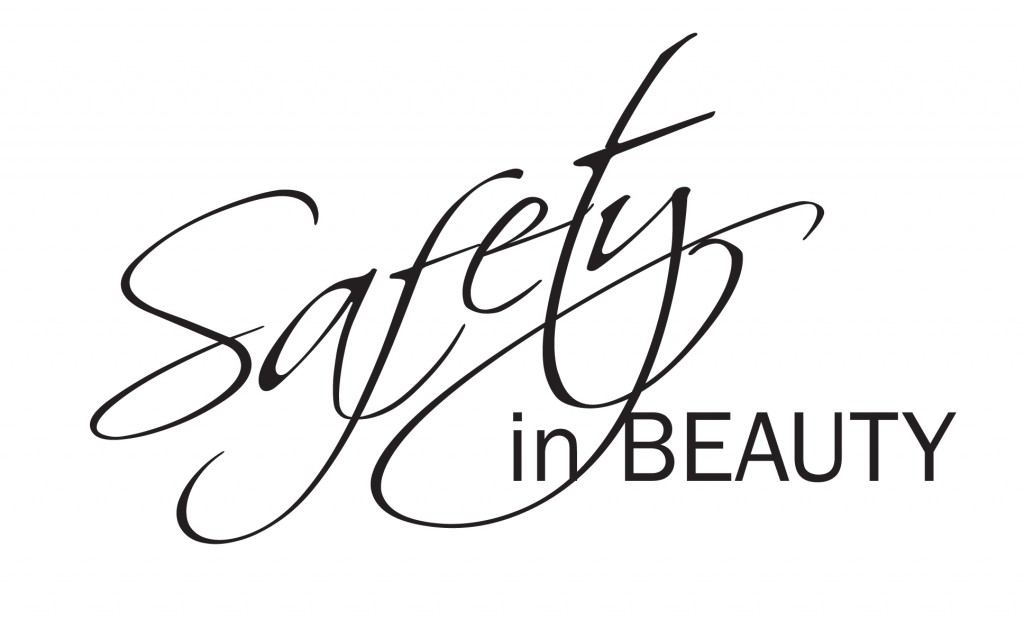 Fake Beauty Products Are on the Rise – Here’s How to Spot Them
Fake Beauty Products Are on the Rise – Here’s How to Spot Them
You care about what you put on—and in—your body. But in today’s beauty world, not every product is what it seems.
From skincare serums to injectables and even beauty tools, counterfeit products are flooding online stores and social media platforms. They may look identical to the real thing, but inside, they could contain dangerous ingredients or ineffective formulas. Some can even cause skin reactions, infections, or long-term harm.
So how can you protect yourself?
At Safety in Beauty, we’re here to help you make safe, confident choices. Here’s what you need to know about spotting fake beauty products—and what packaging red flags to look out for.
Why Counterfeit Beauty Products Are Dangerous
Counterfeit cosmetics and aesthetic products aren’t just cheap knock-offs. They can be harmful.
-
They may contain banned or toxic ingredients like mercury, hydroquinone, lead, or steroids.
-
They are often made in unregulated environments, with no hygiene standards or safety checks.
-
They may not work at all—leaving you with poor results or wasting your money.
-
They can trigger allergic reactions, infections, burns, or scarring.
A recent UK study found that up to 20% of cosmetic products sold online could be fake or mislabelled—and most of them are sold through unofficial platforms, not licensed retailers.
How to Spot Counterfeit Packaging
Fake products are designed to look real. But if you know what to look for, you can often tell the difference. Here are the top signs:
1. Suspiciously Low Prices
If the price is too good to be true, it probably is. High-end beauty brands rarely offer steep discounts—especially from unknown sellers.
2. Spelling or Grammar Errors
Check the box, labels, and instructions. Counterfeiters often make small mistakes:
-
Spelling errors
-
Poor grammar
-
Incorrect ingredient lists
Legitimate brands check their packaging thoroughly before release.
3. Blurry or Low-Quality Printing
Compare the product with the brand’s official photos or one you’ve bought before:
-
Does the logo look slightly off?
-
Is the font different or misaligned?
-
Are colours too bright or faded?
Fake packaging often cuts corners in printing and design.
4. No Batch Number or Expiry Date
Authentic products always include traceable information like:
-
Batch/lot number
-
Manufacturing or expiry date
-
Barcode or QR code
If these are missing—or look like stickers that could be peeled off—it’s a red flag.
5. Unusual Smell or Texture
Trust your senses. If the product smells off, feels different, or absorbs strangely on your skin, stop using it immediately.
6. Lack of Safety Seals or Tamper-Proof Packaging
Many brands now use security features to protect their products:
-
Holographic stickers
-
Shrink bands
-
Safety seals or tabs
If these are missing or damaged, the product may not be safe.
7. No Digital Authentication Option
Some advanced packaging now lets you check a product’s authenticity with your smartphone. Look for:
-
QR codes
-
NFC (tap-to-verify) chips
-
Brand-supported apps that scan and confirm authenticity
If the product should have this—and it doesn’t—it may be fake.
Where You Buy Matters
To avoid counterfeits, always buy from trusted sources:
-
Licensed clinics and authorised distributors
-
Official brand websites
-
Well-known retailers with strong reputations
Be cautious when buying from:
-
Third-party sellers on online marketplaces
-
Social media pages with limited reviews
-
Online stores with no contact details or customer service
What to Do If You Suspect a Fake Product
-
Stop using the product immediately.
-
Take photos of the packaging, label, and where you bought it.
-
Report it to the brand, retailer, or the MHRA’s Yellow Card Scheme if you’re in the UK.
-
See a medical professional if you experience any side effects.
Your health and safety always come first.
Final Thoughts
Counterfeit beauty products aren’t just a financial loss—they’re a threat to your health and wellbeing. With the rise of e-commerce and unregulated sellers, it’s more important than ever to stay informed and cautious.
Look for signs, trust your instincts, and buy from reputable sources.
At Safety in Beauty, we believe that every consumer deserves safe, genuine products—free from risk and full of confidence.
Need help or want to report a suspected fake?
Contact us
